The audiobook market is forecast to be valued at $35 billion or more by 2030 (Source: Grand View Research). Learning how to make an audiobook while the market is less saturated than print makes sense. Read ten steps to make an audiobook that meets professional standards and platform requirements:
How to create an audiobook
- Prep for audiobook recording
- Weigh pro narration vs DIY pros and cons
- Get to know the main audiobook platforms
- Budget production costs (royalty share, upfront or hybrid)
- Hire a narrator whose voice fits your book
- Record your audiobook with pro sound
- Get an audio engineer to clean audio (if going DIY)
- Create your cover art in the correct format
- Upload your audiobook to your chosen platform(s)
- Write descriptions, select categories and promote
Prep for audiobook recording
Once your manuscript is complete and has been edited, further prep for recording will ensure a lively, engaging audio version.
Ways you can mark up your manuscript include:
- Adding notation to indicate breaths or pauses (e.g. a forward slash for each pause or breath)
- Inserting phonetic pronunciation next to difficult words in square brackets (for easier mid-flow pronunciation)
- Increasing font size to ensure total legibility
- Marginal or other notes about emphasis, tonal changes or other voice acting notes
- Creating a brief list of characters noting any special consideration for audio such as accents, age, type of voice
This last suggestion may not be necessary if working with an experienced, pro audiobook narrator. A pro narrator should be able to glean important details from reading through your story.
Further excellent resources on prepping your manuscript for audiobook creation:
- CC Hogan’s article, Preparing an audiobook script for recording
- How to Prepare your Script for a Voiceover Narrator by voiceover artist Kim Handysides
Weigh pro narration vs DIY pros and cons
Once you’ve prepared your manuscript for recording an audiobook, decide whether you’ll hire a narrator or narrate it yourself.
We interviewed author and Now Novel member Kate Baucherel about her cybercrime thriller SimCavalier quartet.
Kate mentioned that she was in the process of recording her audiobooks herself. The pros counting in Kate’s favor for a DIY approach were:
- She is an experienced public speaker (being a keynote speaker on blockchain, cryptocurrency and emerging tech). This means she knows how to use and project her voice well
- She had set up equipment for good sound (such as a DIY vocal booth to reduce unwanted reflections that muddy sound)
So it’s useful to weigh the pros and cons of hiring a narrator versus recording your own audiobooks.
DIY audiobook recording vs outsourcing
The pros and cons of recording your own stories:
Pros of recording your audiobooks yourself
- Potential cost savings (if you have or can borrow some of the necessary equipment or find gear secondhand more affordably)
- You always get to keep royalties (though minus audiobook platforms’ cut)
- Extra editorial insights (you may find in the course of recording your ear picks up what the eyes skip over)
- Connection to your fanbase – fans get to hear (not only read) your voice
Cons of making your own recordings
- If you don’t know much about audio production, it might be hard to attain a balanced, professional sound
- Your recording might not have the voice-acting finesse or breadth of character a professional voice artist would have
- The cost of purchasing or renting audio equipment could negate DIY savings (though pay for itself in the long term)
Briefly, the pros and cons of working with a pro voice artist:
Pros of working with professional audiobook narrators
- You can audition/preview artists’ work to find a great match in vocal timbre (sound quality), tone and style for your story
- Remove the stress of having to produce pro-grade audio yourself
- There are different payment models (such as percentage split between upfront payment and royalties). This makes professional audio narration costs more manageable/flexible
Cons of hiring a pro book narrator
- May be more expensive than DIY (depending on your equipment and/or software costs). Professional audiobook recording specialists typically charge PFH – per finished hour (including audio cleanup)
- Depending on your payment choice, you may have to share royalties with your audiobook narrator for a contractual period
- You can’t keep re-recording and tweaking the final product the way that you can with a DIY approach (though this can be a drawback if you’re an extreme perfectionist!)
Where to find a narrator to record your story
If you are considering working with a professional audiobook narrator, you can find a voice artist via:
- ACX – the audiobook production platform by Audible, which is a subsidiary of Amazon. There is a large, well-indexed library of audiobook narrators’ samples on the platform.
- Freelancer platforms such as Fiverr. The ‘voice overs’ category includes commercial voiceover artists. Search for ‘audiobook’ or ‘audiobook narrator’ to find pros who specialize in longer formats.
- Professional voice artists’ websites. You may prefer to work with someone local or a professional who has their own private website and portfolio. Google phrases such as ‘audiobook narrator in [area]’ or broader related terms (remember to read testimonials)
Get to know the main audiobook platforms
What are the main platforms for audiobook production?
Audible’s ACX
At time of writing, Audible’s ACX has 2123 titles open for audiobook narrators to audition. There are over 900,000 audiobook producers to choose from and 291,319 audiobooks on sale (August 2022).
How to produce and distribute audiobooks via ACX
ACX gives a simple ten-step process to get going with the platform. To summarize:
- Confirm you have the audio rights for your manuscript (you will by default if your book is not yet published/signed).
- Create a free profile on ACX as an author. This includes posting a one- to two-page extract for potential narrators to audition for your gig.
- Post your book for narrators to audition or review samples and invite select narrators to audition for you.
- Review the samples prospective narrators submit.
- Send your preferred voice artist a production offer page. Part of the deal will specify payment model. Whether you will split royalties with your narrator, pay them upfront (so that you keep all royalties), or have a hybrid model. More on this in Week 9 of our five-month indie publishing course, ‘All About Audiobooks’.
- Get started, with your chosen narrator. They will provide a sample of the first fifteen minutes for you to review and approve or request changes.
- Approve the final product once it is delivered and you’re satisfied.
- Distribute your audiobook via Amazon, Audible and iTunes, either via ACX’s exclusive distribution agreement or non-exclusively (the latter if you want to sell on other platforms such as Kobo).
- Promote your audiobook (see ideas for building your author brand here).
- Use ACX’s dashboard to track monthly sales and keep track of how your audiobook promo efforts impact sales. What works and what doesn’t?
Other popular audiobook distribution services:
- Findaway Voices
- Kobo Writing Life
- Authors Republic
Scribe Media put together this handy graphic comparing royalty rates and platform features. Check each service yourself when deciding, as price is one feature that is always bound to change.
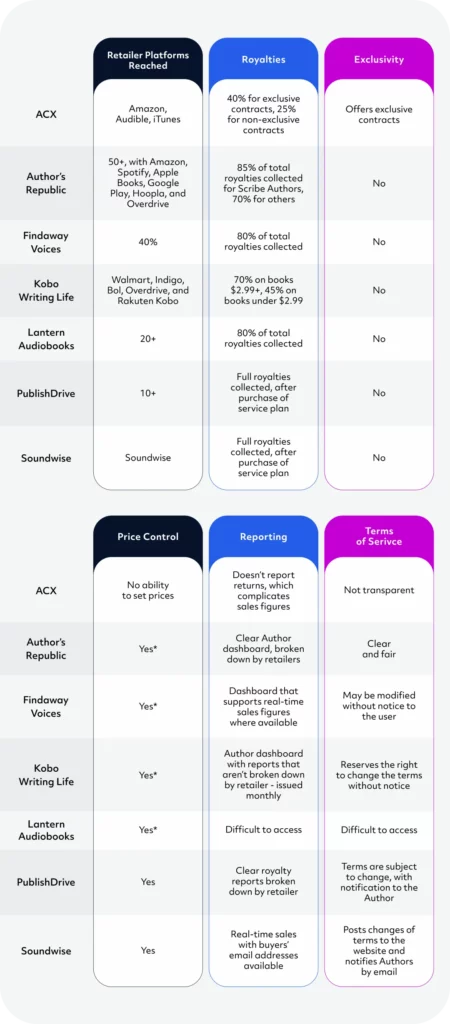
Budget production costs (royalty share, upfront, or hybrid)
Step five above in ACX’s ten-step process for getting a professional audiobook recording refers to agreements with narrators.
Your agreement will include how you structure payment. Each option has pros and cons.
Royalty share: Offsetting upfront audio production costs
A royalty share model typically shares the period for which you will be contractually bound to split royalties.
Once your time-limited contract expires, further, you will keep all subsequent royalties (less your distributor or audiobook merchant’s cut). It’s a useful way to offset some of the production costs. You won’t have to pay for all of your narrator’s labor upfront.
Upfront payment for audiobook production
The pros of paying per finished hour for your audiobook’s creation upfront are simple. If your book is popular and sells well, you make more money in the long term. You won’t be sharing royalties with your narrator.
The hybrid payment model
If you prefer, you can pay some of the cost of production upfront, and some via royalties.
This is another way to ensure it is neither cost prohibitive to you to get going, nor a situation where you’ll have to share a larger portion of your royalties, for longer.
To budget for audiobook production:
- Work out what the total project would cost at average PFH narration prices.
- Keep a spreadsheet of auditioned voice artists’ PFH rates
- Do some calculations measuring anticipated sales and their royalties, and how much you would need to share with your narrator over X years – which payment model makes the most financial sense in terms of possible ROI (return of investment)?
Hire a narrator whose voice fits your book
The previous steps are helpful for building your knowledge of audiobook production as a field. We explored models for paying voice artists, ways to offset initial costs and more.
Yet a practical and important step is choosing a narrator whose voice and style of delivery suit your book.
In the self-help genre, you’ll often find, for example, narrators whose voices sound calming, measured (think of the style of narrator in the meditation app Headspace or the School of Life YouTube channel).
Make a list of aspects of your book that will affect your choice of narrator in terms of tone. For example:
- Accents: Is there a strongly regional aspect? Will you require a voice artist able to capture voices from a specific place or time?
- Genre: Rent or buy and listen to audiobooks in your genre. What types of voices are commonly used? Are they male, female, or androgynous/gender-neutral? What might audiobook listeners in your genre expect in terms of tone and style of delivery?
Listening to the latest and/or bestselling audiobooks in your genre is a simple way to get a sense of what works.
Record your audiobook using pro sound
Whether you are outsourcing audiobook recording or doing it yourself, it’s important to attain a level of professional polish. Pro sound is almost impossible to reach if you are using:
- Low quality recording equipment (such as most cell phone mics or the inline microphone on in-ear headphones)
- A noisy recording environment
- An acoustically problematic space – ‘silence’ alone doesn’t necessarily make a good recording space. Reflective surfaces such as tiles and other paneling may make an odd or boxy sound
If you are going the DIY route for narrating your audiobook, the minimum required includes
- A good condenser microphone
- A pop filter for your microphone (this cuts out plosives such as ‘p’ and ‘t’ that ‘pop’ harshly in amateur recordings)
- An audio interface for recording into your laptop or other device
- Some form of soundproofing and dampening to avoid muddy-sounding acoustic reflections
- Recording software (Audacity is a free, barebones option with some features such as normalizing and fading audio that may be useful)
Award-winning podcaster and creative entrepreneur Joanna Penn provides a step-by-step example of one of her early home recording setups.
If you are new to audio production, consider outsourcing the entire project unless you have the time to learn and the budget for some new equipment.
Get an audio engineer to clean audio (if going DIY)
You can skip this section if you aren’t planning to create your audiobook DIY. If you are, you may still want to pay an audio engineer to clean up your audio.
A pro whose ears are trained to hear minute differences in a recording knows what to tweak to get a professional sound.
There are many software plugins that work with audio production software to ‘soothe’ harsh sibilance and other effects.
Yet over-processed/filtered voices sound almost as distracting as raw recordings with interference in the background. What you want to avoid, too, is squeezed, flattened or muffled sound devoid of all character or tonal variation.
A poster in free audio editing software Audacity’s forums says it best:
You still have to know how to read and not sneeze and cough your way through a book. There is no “Voice Actor” button, filter or effect (yes, people do ask for that).
User Koz, Audacity forum thread ‘Advice on how to produce clearest voice for audiobook’.
You can find someone who knows how to clean up audio on sites such as People Per Hour or Fiverr. The best investment if you plan to record your own books moving forward is to create a properly soundproofed space.
Create your cover art in the correct format
Once you have an audiobook sound file in your chosen platform’s preferred format, it’s time to make awesome cover art. (Check your platform’s guidelines on audio format. ACX requires each audiobook file to be 192kbps or higher in quality. They require a 44.1kHz MP3 file with a Constant Bit Rate (CBR).)
ACX’s audiobook cover art requirements include specifications for:
- File format (the platform accepts JPG, PNG, or TIF)
- Minimum size (no smaller than 2400 x 2400)
- Resolution (at least 72 DPI)
Look how well good audiobook covers suggest genre. For example, the audiobook cover for Brad Meltzer’s crime thriller The Lightning Rod.
In this instance there is total continuity from the print to audiobook covers. Continuity in background art, typographical elements and even endorsements. This ensures consistent, recognizable branding.
Browse titles in your genre and take notes. What share between title, author, and secondary information works well in this smaller format?
Upload your audiobook to your chosen platform(s)
You have an arresting narrated version of your book. You have cover art that captures the essence of your story. What next?
In uploading your audiobook to a chosen platform, check the requirements.
ACX for example requires you to upload your introduction, chapters/sections, credits, a retail audio sample, and your cover image.
Write descriptions, select categories, and promote
In our webinar on self-publishing, hybrid-published Now Novel coach Romy Sommer talks about the importance of specifying keywords and categories when uploading a digital book to Amazon.
The same process applies for audiobooks. Look through the categories to get an idea of how your chosen platform organizes its content. Audible has ‘Audible Latino’ for example which is devoted to Spanish-language audiobooks.
If you drill down into a category such as ‘Action & Adventure’, you will get an idea of what subcategories there are.
If your audiobook falls within multiple categories, milk this overlap for extra visibility and file it under both (for example, paranormal and romance, or thriller and adventure).
Once your audiobook is uploaded, your keywords and categories specified, and your audiobook is live, promote it in creative ways.
To promote the audio version of your story, you could:
- Share your audiobook’s cover art along with an audio sample (the square format is great for social).
- Experiment with audio-focused platforms (such as SoundCloud, YouTube) – this depends if you’ve gone exclusive with your platform or not, and on your distribution rights and their limitations. Where all can you share hype-generating teasers?
- Run contests or other giveaway promos, much the same as you might do for print.
- Reach out to popular book podcasts for guest slots. Podcasts that review books or host chats with authors are great places to talk up your audiobook since listeners already enjoy audio formats.
Dave Chesson of Kindlepreneur has many more excellent suggestions for ways to market your audiobook.
Develop your story to shine with a coach or editor so your manuscript is recording-session-ready.

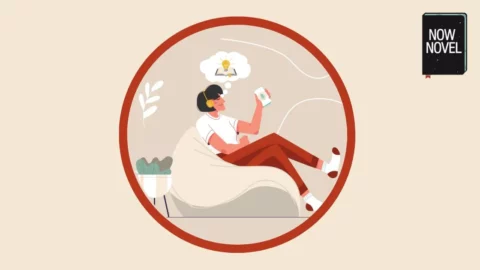
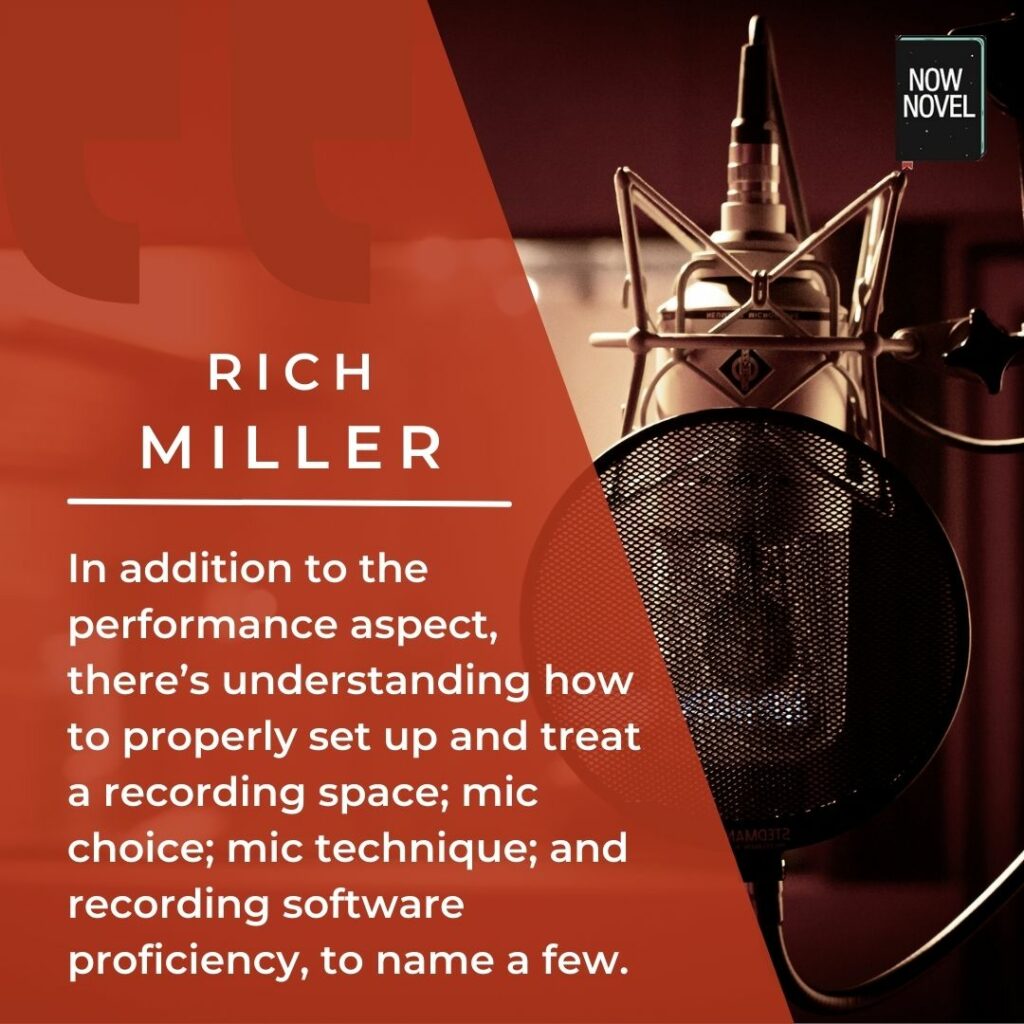
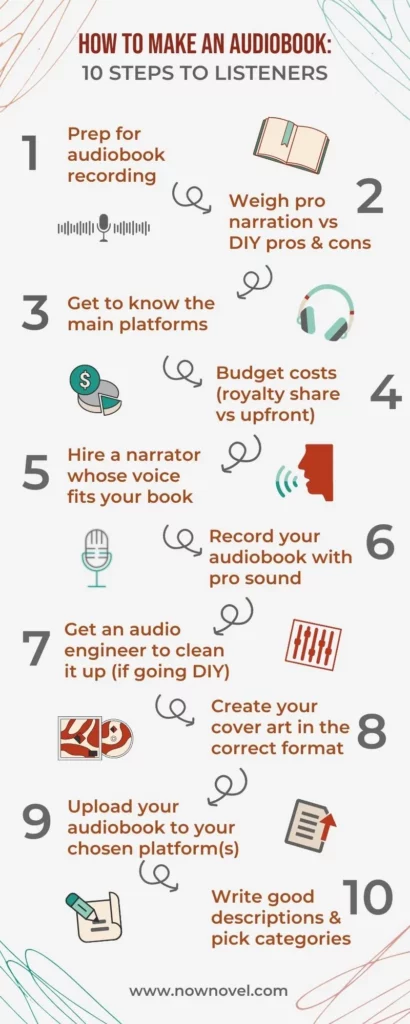
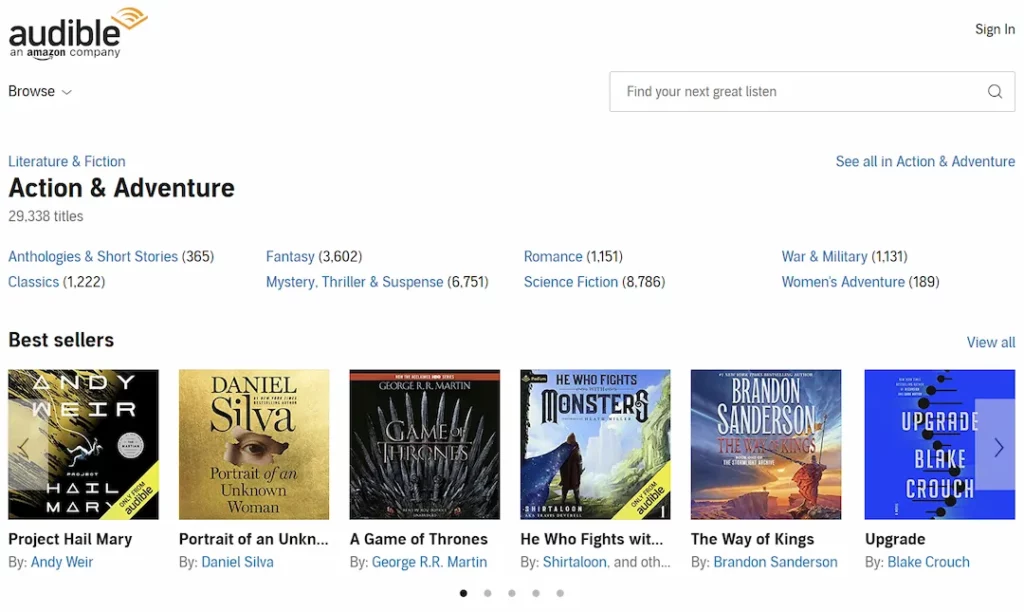
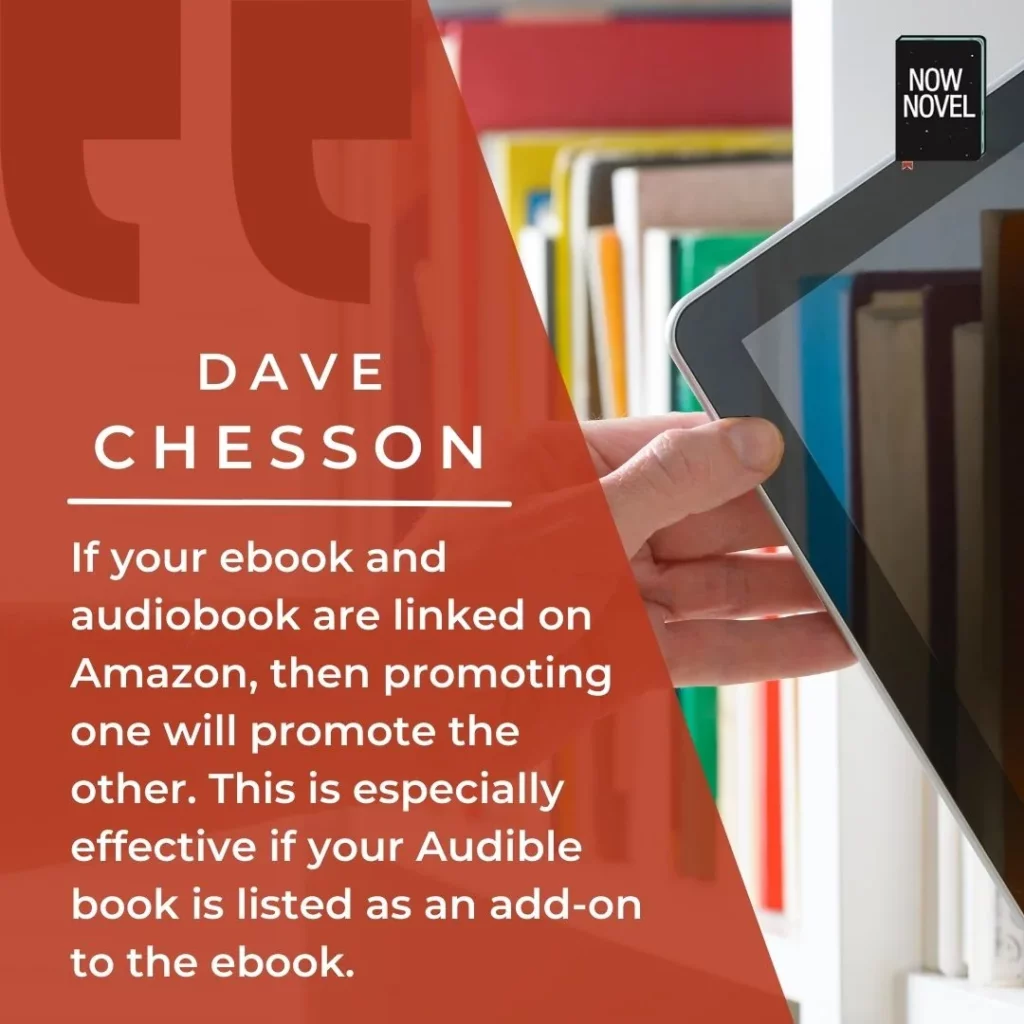
6 replies on “How to make an audiobook: 10 steps to listeners”
I am about to publish 3 of a series of cookbooks, followed by 3 glossaries toward the end of the year.
I can think of few things worse than listening to somebody read a cookbook (recipes? Get real!) or a glossary (?!) unless it might be something you paid for!!
Hi Suzanne, that’s exciting, what cuisine? Yes, most platforms do not recommend producing audiobook cookbooks as it’s not the ideal format for audio (in a recipe one needs to be able to go back and forth checking method and ingredient quantities, for example, so linear audio simply isn’t an efficient format for the cooking process).
Good luck with your cookbooks and glossaries.
Very nice article which explains it all well. I am about to produce my audiobook with e-Audio Productions which l basically was told about by my coach and read great things about on Facebook too. The person (Elias) I am communicating with is very kind and explains everything so well. My question: There is the option for royalty share and they are interested in that for my book. In the long run does royalty share work well for authors?
Hi George, thank you for your feedback. This depends on whether you want to foot the costs upfront and reap all of the royalties (less whatever selling platform’s cut), or royalty share is sometimes a way to co-share cost of production. I would do a very careful comparison between audiobook production services with comparative costs between services (what each offers by way of royalty share) to ensure you’re getting a fair split. No being familiar with e-Audio Productions I do not know their business practices, so I would suggest finding reviews and asking groups such as the #writingcommunity on social media about their experiences. Royalty share works if you have many sales and it scales, but it can mean you get less out if you don’t sell many audiobooks and are sharing more with your merchant platform or audiobook production provider. I hope this is helpful! Good luck. Let us know how it goes.
Just my two pennies: I produced the audiobook version of my novel Black Skies with e-audioproductions.com and had a great experience. Service was flawless, great narrator and high quality audio.
Hi Kelly, thank you for sharing that. The reviews I saw on their Trustpilot page were decent at a 4.2 average out of 5. I’ll be sure to check out your audiobook, too. Thank you for reading our blog.